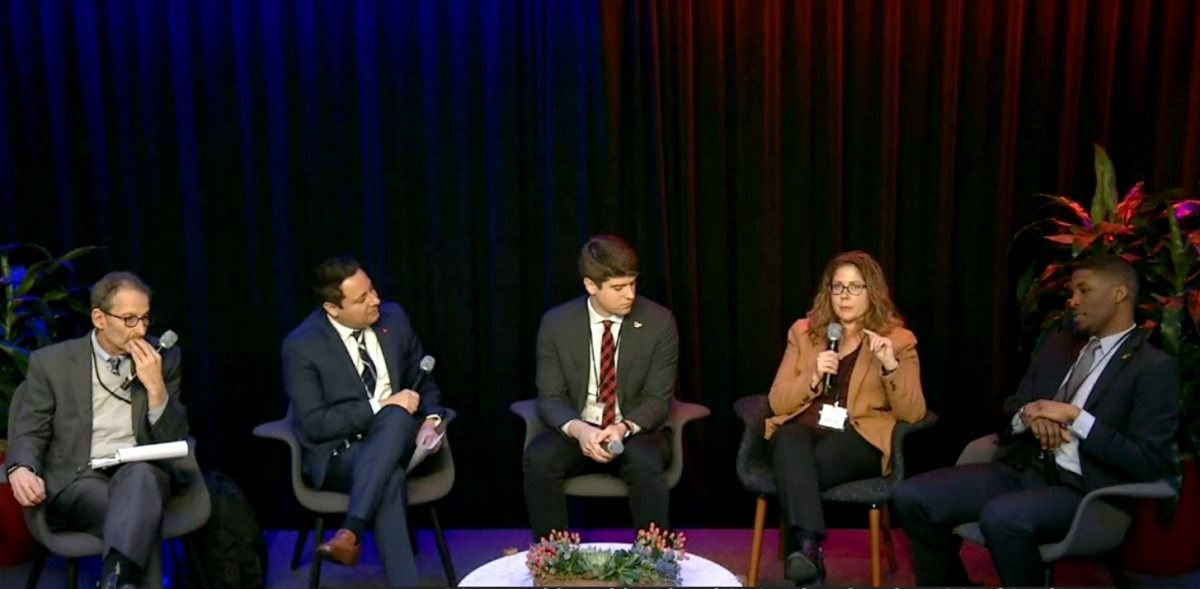Advocates for Digital Inclusion Address Different Facets of Bridging the Digital Divide
WASHINGTON, January 23, 2020 – The digital divide is a real division in the country, affects more than just rural areas and keeps Americans from crucial access to 21st Century skills, a diverse panel of digital inclusion experts said Thursday at an event here hosted by Next Century Cities. The digit









Member discussion